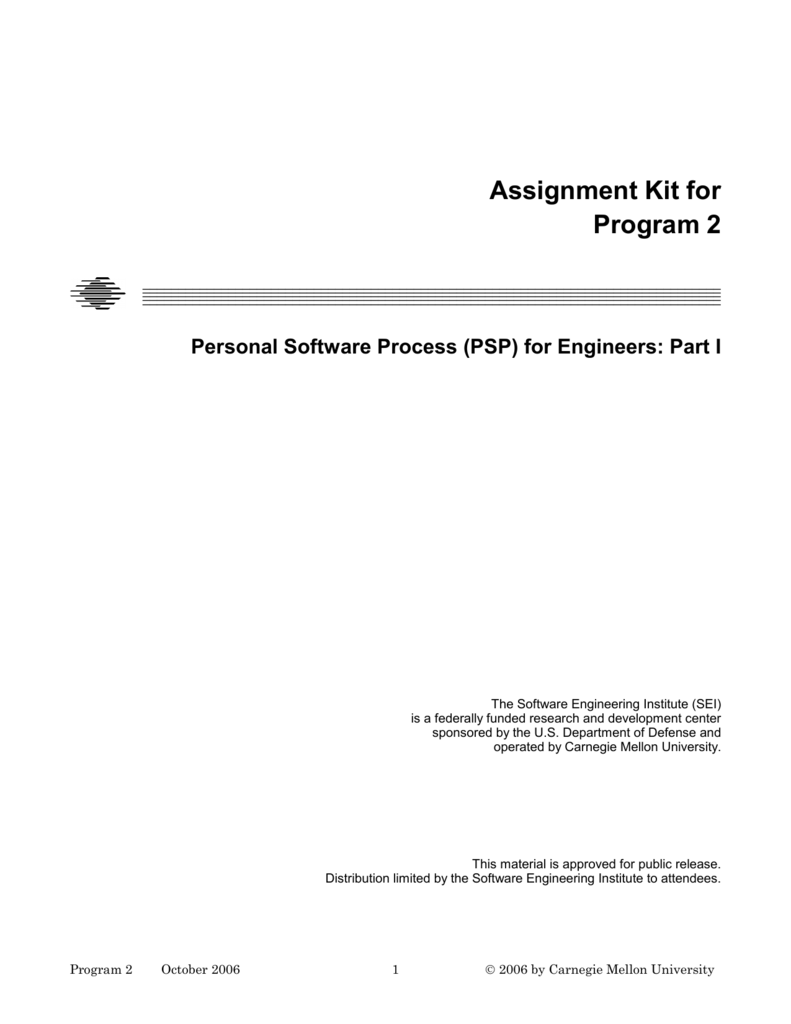

To use a backslash as a delimiter, specify ‘\\\\’ as the first delimiter or, if a tab should also be a delimiter, immediately following ‘\\t’. To use a tab as a delimiter, specify ‘\\t’ at the beginning of the DELIMITERS string. A space character as a delimiter is an exception: consecutive spaces do not yield an empty field and neither does any number of spaces at the end of a line.

Two consecutive delimiters in the input yield an empty field, as does a delimiter at the end of a line. The end of a line also separates fields, regardless of DELIMITERS. Each character in the string specified on DELIMITERS separates one field from the next. DELIMITERS, which is required, specifies the set of characters that may separate fields. The required FILE subcommand and optional FIRSTCASE and IMPORTCASE subcommands are described above (see Section 9.4.3, page 88). Its capabilities are similar to those of DATA LIST FREE (see Section 8.5.2, page 69), with a few enhancements. where each del var takes the form: variable format The GET DATA command with TYPE=TXT and ARRANGEMENT=DELIMITED reads input data from text files in delimited format, where fields are separated by a set of user-specified delimiters. 9.4 GET DATA GET DATA /TYPE=] /VARIABLES=del var1.
Pspp user manual portable#
Use of GET to read a portable file is a pspp extension. The data is read later, when a procedure is executed. GET does not cause the data to be read, only the dictionary.

The ENCODING subcommand is a pspp extension. Use SYSFILE INFO to analyze the encodings that might be valid for a system file. Specify the ENCODING subcommand with an IANA character set name as its string argument to override the default. System files do not include any indication of their encoding.


 0 kommentar(er)
0 kommentar(er)
